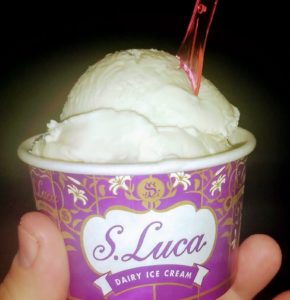Day: 32 Km travelled: 155 km Steps:11,444 Location: The Highlands, Scotland
October 11th, 2017
Fàilte!It means ‘welcome’ in Scot Gaelic and that’s exactly the sentiment that’s evoked when entering the Highlands. A historic region of Scotland, The Highlands are an area north and west of the Highland Boundary Fault, effectively dividing the country in two. It is one of the most sparsely populated regions in Europe.

However, prior to the 19th century, the area boasted a much larger population. Several factors, such as the outlawing of Highland customs and Gaelic language post the Jacobite Rising of 1745 as well as the infamous Highland Clearances and mass migration to the urban cities of the Lowlands during the Industrial Revolution contributed to the devastating drop in population.
The British government following the Jacobite uprising essentially crushed Highland culture by destroying the clan system, banning the wearing of the tartan, the playing of the bagpipes (as they were associated with war and rebellion) and the right to bear arms (they obviously hadn’t heard of the 2nd amendment & this was pre-NRA). As time passed, these traditions were now a thing of the past. Enter Sir Walter Scott, national hero. Not only did he romanticized The Highlands and create a longing in high society to visit the area, he was responsible for ‘staging’ the King’s visit to Scotland. He dressed him in a kilt and thus began the craze for the tartan being adopted by the social elite across Europe and now holds international fascination. Like I said, national hero.
The aftermath of the rising was especially catastrophic to the Gaelic language, with less than 2% of the population able to speak it, and the main concentration of speakers found in the Outer Hebrides where Gaelic continues to be the common tongue. In recent years, several significant government efforts have been established in order to revive the language, the most obvious one to tourist is the addition of Gaelic to all road signs in The Highlands.
Upon crossing the Highland Boundary Fault, one of the first sites I came across was the magnificent Loch Lomond. Now, before I describe the Loch, let me pause here and permit me a short Scottish vocabulary lesson. While Scots are stereotyped as being difficult to understand, their vocabulary and place-name choices are, simply put, brilliant. Once you understand the system and the words, you would be able to identify your location quite easily in relation to other geographical elements. Here are some elements used in place names:
BEN a mountain (Ben Nevis, the highest mountain in the British Isles) BURN a watercourse, ranging from a large stream to a small river CRAG a cliff on the sea or mountain-side DUM or DUN an ancient or medieval fort/castle (ie. Dumbarton has had a castle since the Iron Age) GLEN a steep narrow-sided valley (ie. Glencoe, literally the Coe valley) INCH an island or meadow (Inchmurrin, an island on Loch Lomond) INVER (or ABER) meaning a river mouth (such as Inverness, ie. mouth of the river ness) KIRK church or area surrounded a church LOCH an expanse of standing water, a narrow or land-locked arm of the sea (ie. Loch Ness meaning Lake Ness) STRATH a wide river valley
Loch Lomond is the largest inland stretch of water in Great Britain and in a rare rainless moment, it was dazzling! The loch is also featured in a well-known song familiar to locals, which was first published around 1841. The story is of two brothers, returning home after the uprising were captured by the British. They were given a choice: one brother would be killed and the other would be free to return home. The oldest brother sacrificed himself for his younger sibling and their story is thus immortalized in the following lyrics: “Oh, ye’ll tak the high road, and I’ll tak the low road, And I’ll be in Scotland afore ye; But me and my true love will never meet again. On the bonnie, bonnie banks o’ Loch Lomond.”
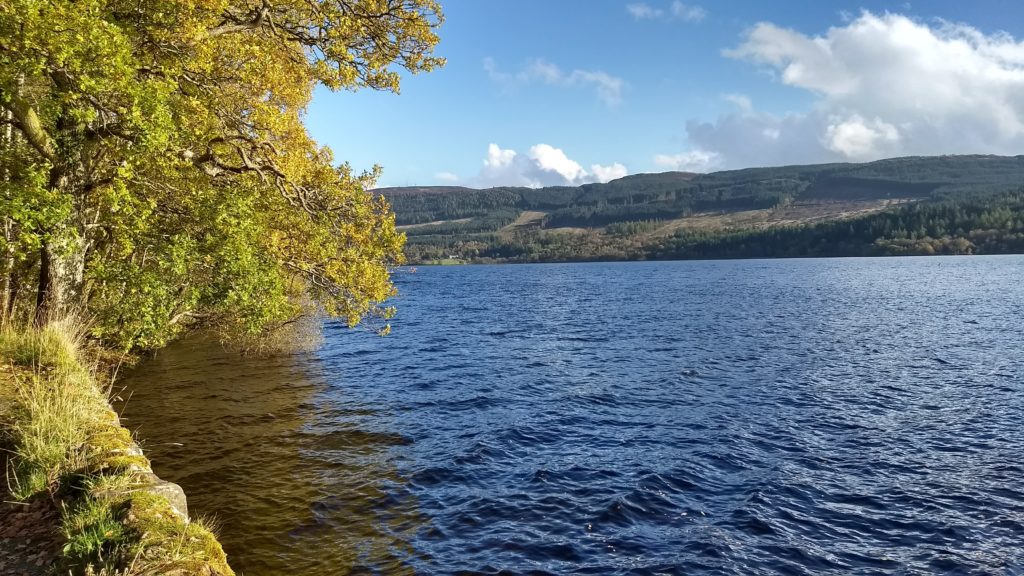
 My next stop was located in Stirling, a town near Loch Lomond. The town is famous for two main attractions: Stirling Castle and the National Wallace Memorial. The man in question might be more familiar to some of you under another name: Braveheart.
My next stop was located in Stirling, a town near Loch Lomond. The town is famous for two main attractions: Stirling Castle and the National Wallace Memorial. The man in question might be more familiar to some of you under another name: Braveheart.
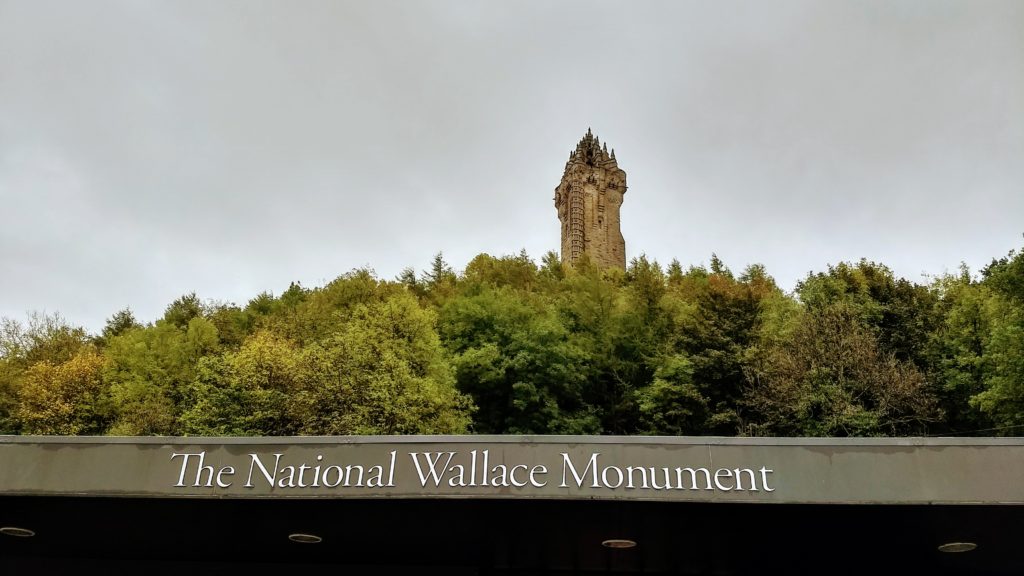
The Battle of Stirling Bridge was Wallace’s famous victory over the English, and a memorial to the 13th century Scottish hero and legend stands tall upon the hill overlooking the bridge. I’ll spare you the details of what Mel Gibson got wrong in his movie (the major one being the name Braveheart was not historically linked to Wallace but to another man) and simply say that William Wallace remains a symbol of freedom and Scottish Independence, even today. His broadsword is on display and measuring an astonishing 5 feet 4 inches, it is almost unfathomable how he was even able to wield it. I mean, it’s taller than I am! (yes, I know that’s not a difficult feat).
The monument is a 67-metre (220 ft) sandstone tower and visitors can climb the 246 step spiral staircase to the viewing gallery inside the monument’s crown. Once at the top, the view of the surrounding countryside is expansive. The crown is open to the air and thus, it is also very windy!
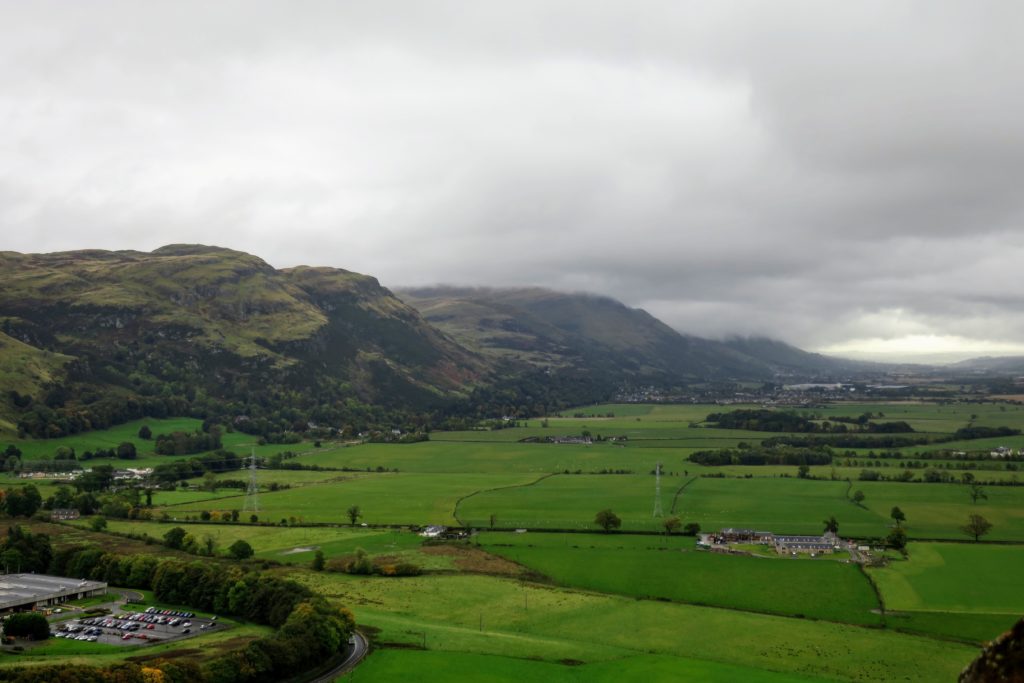
As I continued on my journey through The Highlands, the country side provided the most breathtaking scenery I had ever seen. Rugged and untamed, The Highlands unfold in a plethora of earth’s colours. This is definitely one instance where a photo is worth a thousand words:
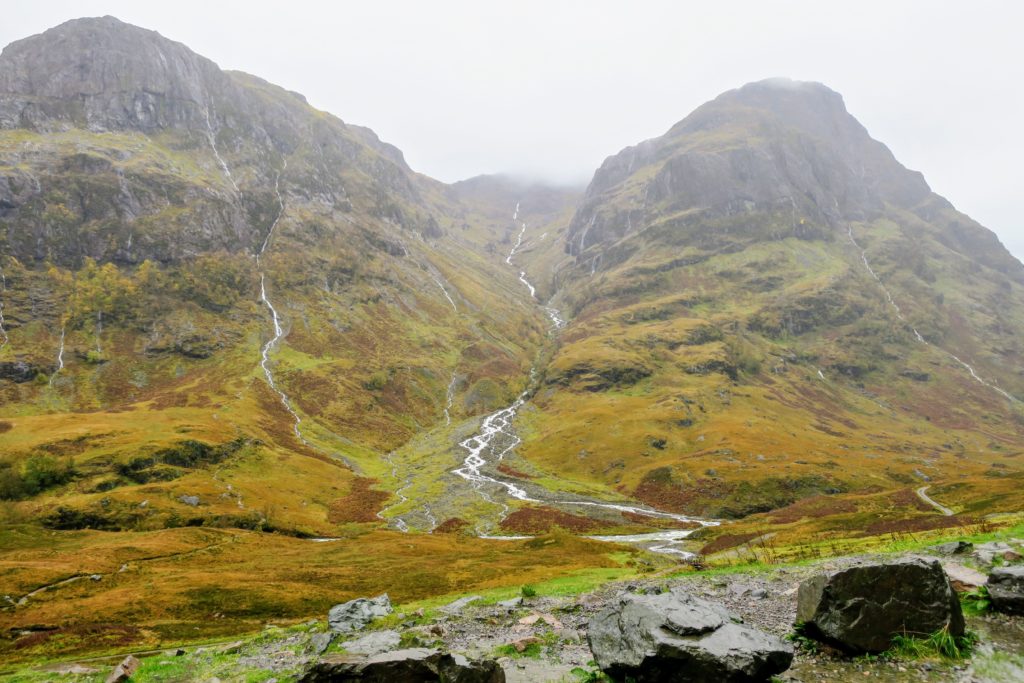
A common expression is : Scotland, four seasons in a day. No where else is it more true than in The Highlands. Rain remains the most constant presence and has a surprisingly welcomed side effect: the abundance of rainwater feeds the streams in the hillsides, saturating the landscapes with tiny waterfalls all around.
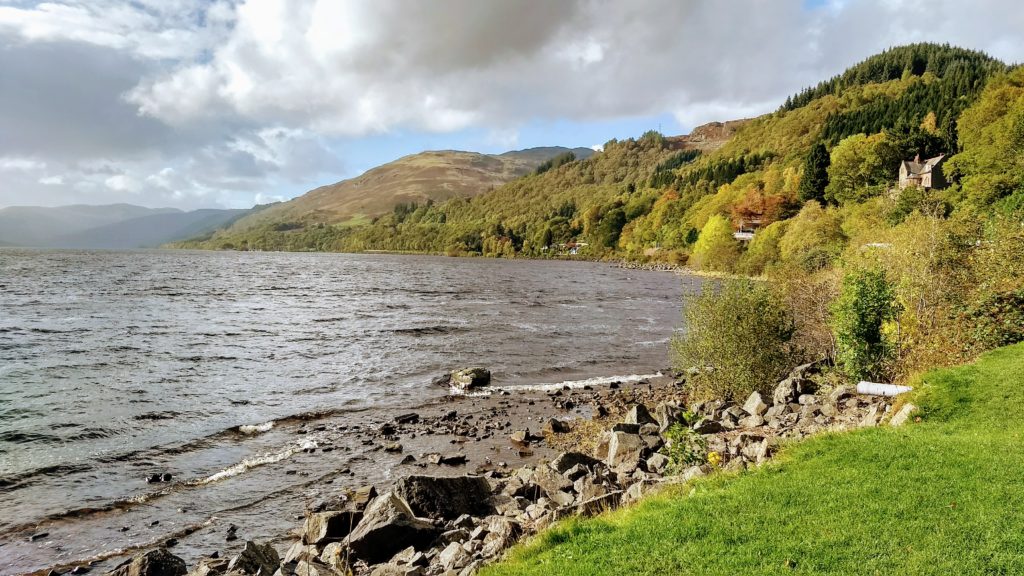
Scotland is synonymous with many things: tartan, The Highlands, bagpipes, etc. And of course: whisky! In an effort to blend (get it?) in with the locals and fully immerse myself in the culture, I followed the obvious path and toured a whisky distillery. Glenturret, home of the Famous Grouse Experience.

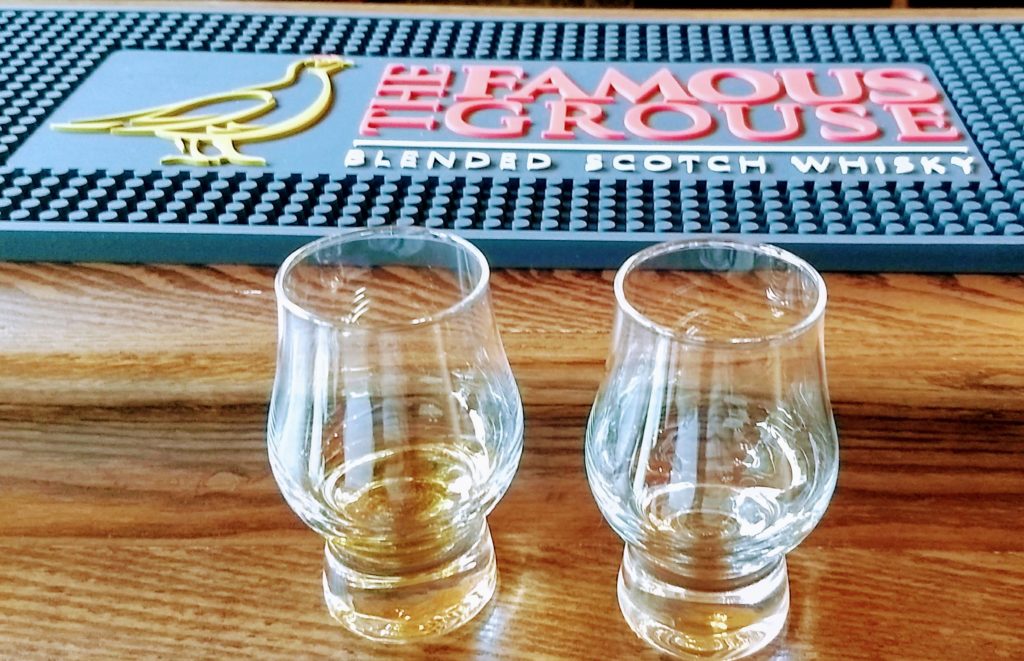
Glenturret is a small batch distillery and thus does not export its whisky. Most of its production is used to create The Famous Grouse, a blended whisky. After touring the working distillery and learning all about the whisky making process, we had the opportunity to sample a couple of their finest products. This helped to re-affirm my original feeling that straight whisky just isn’t my thing! Although, like everything else in life, I’m sure that with a little perseverance and a few more attempts, I could successfully master this drink! Perhaps a challenge for next year.
Another thing that is synonymous with Scotland, mainly The Highland is its most famous residents: The Highand Cows. Growing up in Northern Ontario, I often visited my uncle’s hobby farm and had been exposed to cows from a young age. However, nothing prepared me for my first sighting of the famed horned Highland cow. I was smitten! I mean, just look at these beauties.
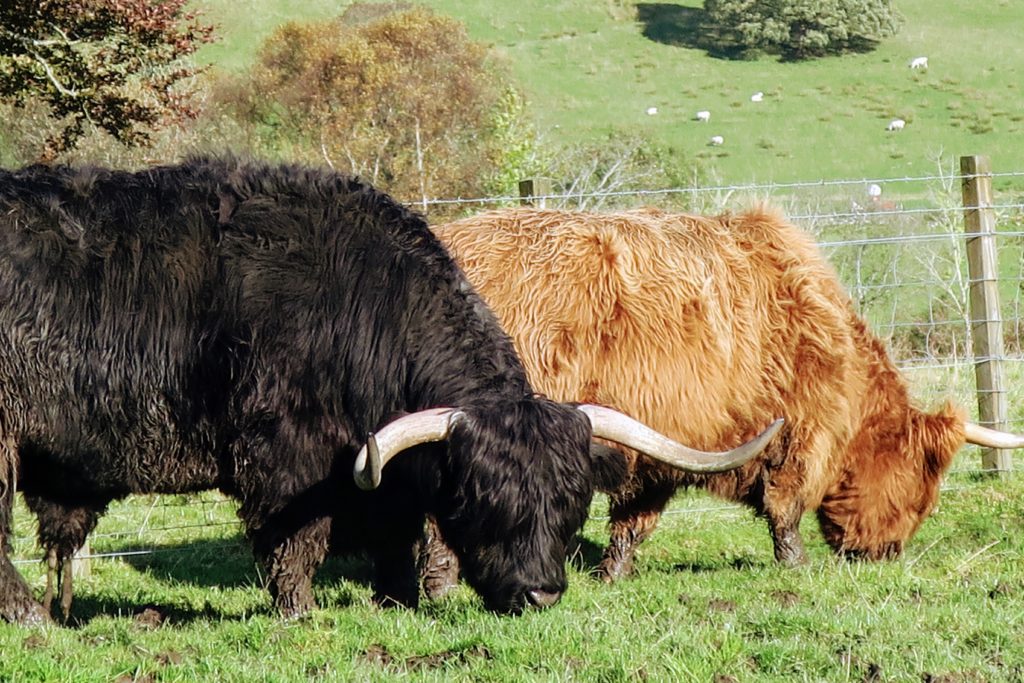
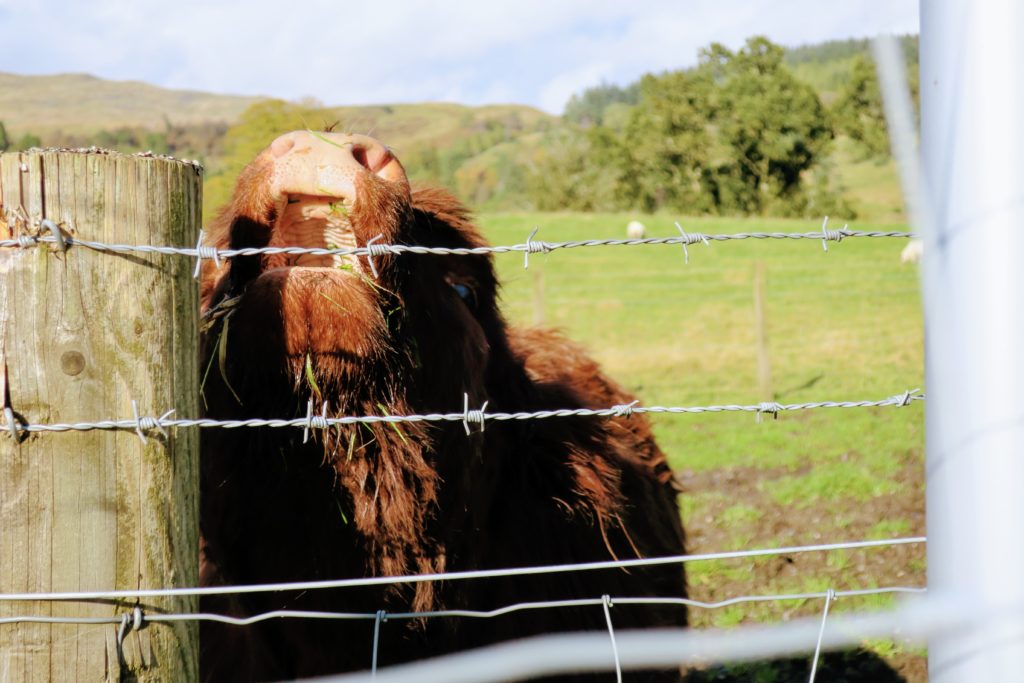
They’re so fluffy!!
After several attempts to smuggle one of these beauties back on the bus, I ended the day with my favourite way to enjoy whisky: in ice cream form! Yes, in Scotland they have whisky in everything from fudge to ice cream (both of which I sampled, obviously)
